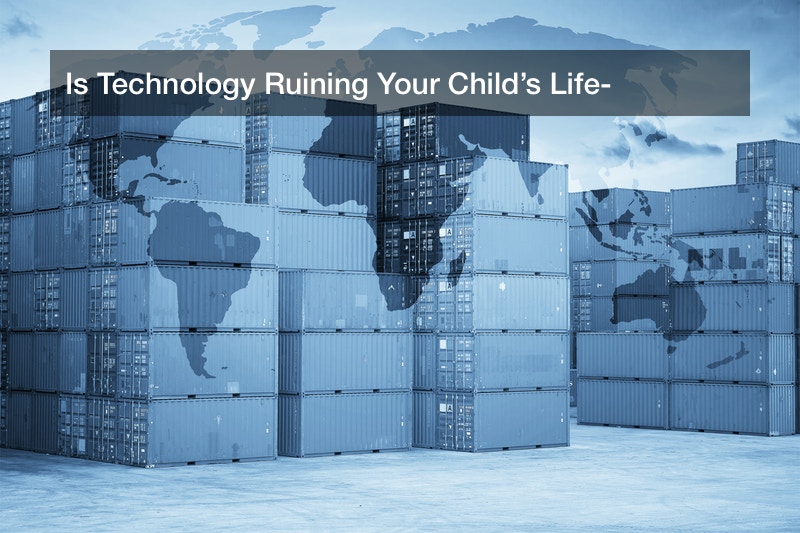

Infant day care, preschools, and other child care centers are needed now more than ever. One of the primary reasons for this is that very few children have stay-at-home parents. In fact, less than one-in-three children have a mother or father that is able to stay home to care for them.
Many children under five, approximately 23.4%, spend their days in a variety of organized child care arrangements. This includes day care centers that care for infants and toddlers as well as preschools which prepare these children for kindergarten.
Quality child care centers are also important due to their obvious role in providing early education that prevents these children from becoming at-risk. For those children who do live in at-risk households, this early education can provide them with some of the skill sets needed to avoid further risk.
According to the Ounce of Prevention Fund, a quality preschool education can reduce the risk of children dropping out of high school. When evaluating high school drop-out rates, 25% of these teenagers did not receive a quality preschool education.
Furthermore, the Ounce of Prevention Fund also found that when children did not attend a quality preschool their chances of becoming a teen parent increased. In fact, this was shown to be 40% more likely to occur.
When children do not attend a quality daycare, there is also a 60% chance that they won’t go to college. The potential for committing violent crimes also increases, according to the Ounce of Prevention Fund. It was found that when these children grow up, they have a 70% chance at being arrested for a violent crime.
While it may go without saying that infants, toddlers, and young children should never be left alone, there are 11.3 million children that have to take care of themselves after school. While some of these children may be old enough to be at home alone, many are not.
Quality child care centers should be available for each and every child–regardless of their family’s income. The government and private sector businesses could–and should–do more to ensure that these programs are properly funded and staffed. When polled, over two-thirds of Americans agreed that more could be done.
When taking the above potential risk factors into consideration, providing financial assistance to preschool programs brings a major return on investment. It is estimated that if a return of $2-to-$4 is received for every dollar that is invested in these programs, the cumulative return over the lives of these children would be $150 billion.
While these financial returns are important as they contribute to the local, state, and national economies, the most profound investment return is in the well-being and success of these children.

